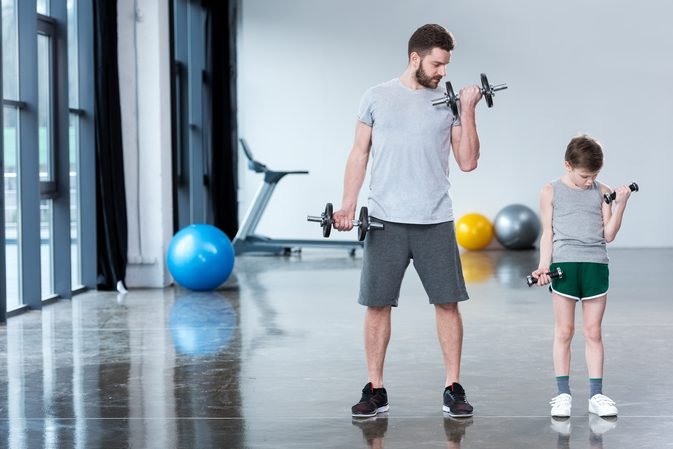We’re gonna be investigating the question of whether or not weightlifting stunts growth.
Where did this myth got started?
In 1964, Japan a team of researchers noticed that children performing heavy labor tended to be very short in stature. The researchers hypothesized that the hours spent lifting and moving heavy weights were responsible for the stunted growth. Over the years the proposed mechanism became that excessive external loading would cause potential damage to the growth plates at the end of the long bones, resulting in their premature closure and stunted height. However, this was only actually shown to occur in the case of actual bone fracture which is more likely to occur in contact sports like football or hockey.
Where did it go wrong?

First of all, correlation does not imply causation and so it seems to be the case that these Japanese child laborers were not only being overworked but also undernourished. The factor that seems to be much more central to reaching London’s maximum height potential as for the premature closure of the growth plates. It turns out that this hypothesis was not only wrong but actually couldn’t possibly be more wrong.
In 2014, International Consensus Position statement endorsed by every relevant regulatory body including the American Academy of Pediatrics all the way to the NSC a reported that fears that resistance training would injure the growth plates of youths are not supported by scientific reports or clinical observations which indicate that the mechanical stress placed on the developing growth plates from resistance exercise or high strain eliciting sports such as gymnastics or weightlifting may actually be beneficial for formation growth.
A much more biologically focused review in Sports Medicine notes that high loads have a critical role in bone mass acquisition, During and before puberty and that according to the Makino stat theory of bone formation actions in sport that involved tensile, compressive, shear, bending, and torsion stresses on bones can elicit Mccanna stat related mechanisms during growth. You’d have an osteogenic bone producing the tension.
A boring study from the 2014 position stands itself drawing from 243 scientific references. It’s clear that resistance training for children and adolescents is safe, provided they’re given proper instruction on technique and progression and are lifting under the supervision of an adult. It’s also been shown to be beneficial for bone health injury prevention in general strength it may also help to improve children’s perceived sports competence and just overall self-esteem and finally we think it’s an important point that encouraging kids to start weight training early may help them develop the relevant habits to continue weight training into adulthood.
IN THIS POST
Scientific References:
https://www.ncbi.nlm.nih.gov/pubmed/2…
https://www.ncbi.nlm.nih.gov/pubmed/1…
https://www.ncbi.nlm.nih.gov/pmc/arti…
Other Suggested Reading and Resources:
https://www.girlswhopowerlift.com/blo…
https://www.ncbi.nlm.nih.gov/pubmed/2…



